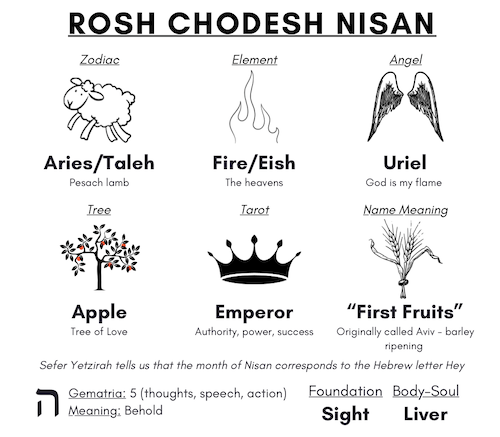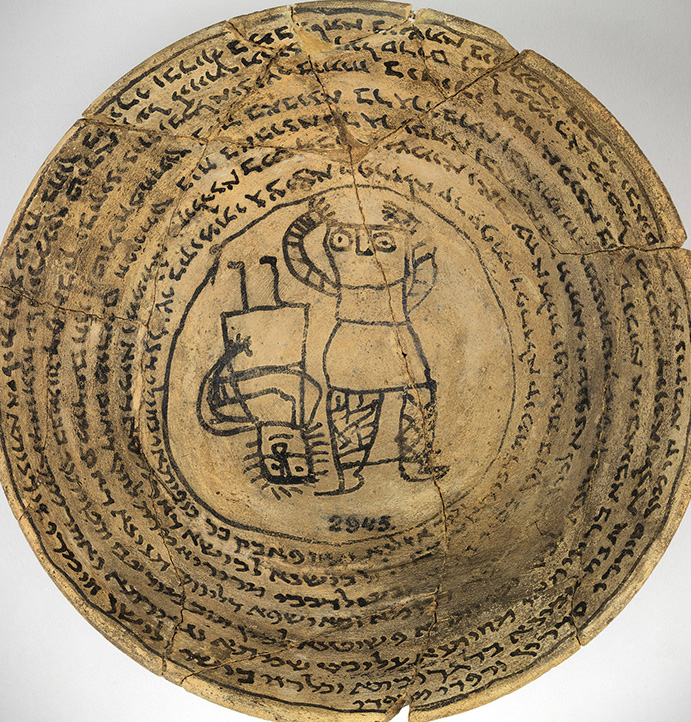
(טז) שָׁל֣וֹשׁ פְּעָמִ֣ים ׀ בַּשָּׁנָ֡ה יֵרָאֶ֨ה כָל־זְכוּרְךָ֜ אֶת־פְּנֵ֣י ׀ יי אֱלֹקֶ֗יךָ בַּמָּקוֹם֙ אֲשֶׁ֣ר יִבְחָ֔ר בְּחַ֧ג הַמַּצּ֛וֹת וּבְחַ֥ג הַשָּׁבֻע֖וֹת וּבְחַ֣ג הַסֻּכּ֑וֹת וְלֹ֧א יֵרָאֶ֛ה אֶת־פְּנֵ֥י יי רֵיקָֽם׃
(16) Three times a year—on the Feast of Unleavened Bread, on the Feast of Weeks, and on the Feast of Booths—all your males shall appear before Adonai your God in the place that God will choose. They shall not appear before Adonai empty-handed . . .
“Historical texts and archeological evidence indicate that in late antiquity, during the Hellenistic and Roman eras, the pilgrimage festivals were a profoundly significant social and religious institution, bringing Jews from all over the ancient world of the Mediterranean to Jerusalem. Thousands upon thousands of Jews made these pilgrimages throughout the year and supported a vast commercial enterprise including the raising of animals for sacrifices, a lively animal market, a complex banking community to enable pilgrims to exchange currencies, and hundreds of inns and taverns to lodge the travelers.”
Before setting out on the journey, in each town every household was required to contribute one half-shekel to the Holy Temple. This money was used in the coming year to purchase animals for communal offerings
2. The journey begins!
Pilgrims would walk or ride animals for days, bringing along their needed supplies to reach Jerusalem. During the trip, it was important to avoid walking over unmarked graves since they impart ritual impurity; workers were sent out from the Holy Temple to mark the graves with whitewash
3. Ashes of the Red Heifer
Pilgrims would approach Jerusalem from the Mount of Olives, where the preparation of the ashes of the red heifer would take place. This ritual is shrouded in mystery, but we know that a red cow was slaughtered and burned, and its ashes were mixed with water and hyssop. This concoction was used by the kohanim to purify anyone who had become ritually impure
4. Ancient AirBnB
To accommodate all the pilgrims, the Jerusalemites put them up in their own houses If a towel was hung over the door, it meant that there was still room to sleep and a place to eat at the table. Together the house's residents and guests would destroy the remaining chametz before Pesach officially began
Pilgrims entered the Temple at the Hulda Gate, on the southern end of Mount. It was forbidden to enter the Temple wearing the incorrect clothing, like leather shoes. Once inside, they would turn to the east and circle the entire Holy Temple on the eastern side
6. Viewing the Menorah and Showbread
On the pilgrimage festivals, the kohanim would carry out from the Holy of Holies the golden menorah and the golden Table of the Showbread, so everyone could view them.
7. Kneeling before G-d
Pilgrims would approach the soreg, a short wall that separated the impure and pure Jews, and kneel on a specific stone as a gesture of humility and thanks before the Divine
The kohanim allowed pilgrims to enter into the smaller Temple Courtyard, one group at a time. As they did so, the Levites stood on their platform and sounded blasts from their shofars and silver trumpets
9. Slaughtering the sacrifice
Within the Temple Courtyard, the pilgrims perform the ritual slaughter of the Pesach sacrifice by cutting the lamb following a prescribed routine. The kohanim formed a line so that once the blood from the sacrifice was drained into the mizrak (ritual bowl), they could pass it from one to the next, all the way to the altar. The last kohen in line would pour the blood onto the base of the altar. Then the kohanim climbed up the altar carrying pieces of the offerings to be roasted on the altar fire - those that were forbidden to eat.
10. Hosting the Seder
The pilgrims would then bring the rest of the lamb back to their guest houses and hold the Pesach seder! The lamb had to be roasted specifically, and could only be roasted in an oven specially prepared for the sacrifice
11. Singing Under the Stars
After the seder, the pilgrims would climb to the rooftops of their buildings and sing Hallel together while facing the holy Temple
12. The First Omer
The next day, they would bring the first omer - the first barley harvest
(16) O LORD, I am Your servant, Your servant, the son of Your maidservant; You have undone the cords that bound me. (17) I will sacrifice a thank offering to You and invoke the name of the LORD. (18) I will pay my vows to the LORD in the presence of all His people, (19) in the courts of the house of the LORD, in the midst of Jerusalem. Hallelujah.
- Two daily sacrifices, one in the morning and one in the evening provided communally
- The firstborn animal
- Burnt-offering / ascent-offering: desire to be closer to the divine
- Thanksgiving: Gratitude for a divine favor
- Peace-offering: Celebration, wishing for future peace
-
Sin-offering: accidental transgression of a mitzvah, taking responsibility
-
Penalty-offering: when someone was unsure if they transgressed a mitzvah
-
Penalty to the Temple: if someone damaged the Temple, they would bring an offering as well as a monetary fine
(1) A song of ascents.
Happy are all who fear the LORD,
who follow His ways. (2) You shall enjoy the fruit of your labors;
you shall be happy and you shall prosper. (3) Your wife shall be like a fruitful vine within your house;
your sons, like olive saplings around your table. (4) So shall the man who fears the LORD be blessed.
(5) May the LORD bless you from Zion;
may you share the prosperity of Jerusalem
all the days of your life, (6) and live to see your children’s children.
May all be well with Israel!
Ashrei kol-yiray Adonai ha-holech bi-d’rachav:
Yagiya kapecha ki tochal ashrecha vi-tov licha:
Eshticha ki-gefen poriyah bi-yarkitay vaytecha banecha ki-sh’tilay zaytim saviv li-shulchanecha:
Hineh ki-ken yivarech gever yiray Adonai:
Yivarechicha Adonai mi-tzi’on u-ri’eh bi-tuv Yirushalyim kol yimay chayecha:
u-ri’eh vanim li-vanecha shalom al-Yisrael.




